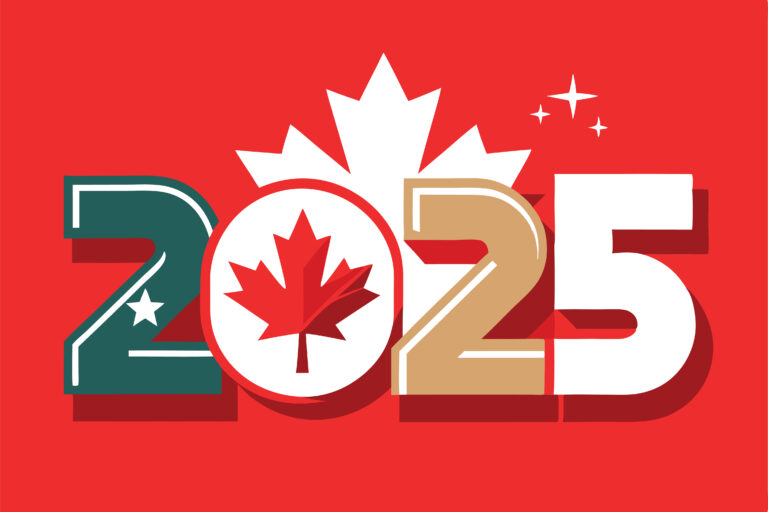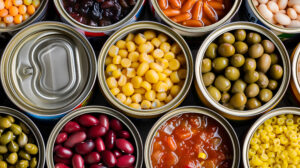By Cameron Prince, Managing Director, TAG Canada and TAG EVP, Regulatory Affairs
What stood out in food safety in Canada in 2024? What should the food industry prepare for in 2025? One theme that became particularly evident in 2024 and will continue through 2025 is that what happens in the U.S. affects what happens in Canada. But let’s start with Canada.
To my thinking, the biggest story related to food safety in Canada in 2024 was the Listeria issue at the plant-based milk manufacturer Joriki, in the eastern suburb of Toronto, which led to 20 confirmed illnesses and three deaths. When an investigative news article revealed that the plant had not been inspected by CFIA, consumers who were already upset became outraged. The lack of inspection was based on a CFIA risk algorithm that did not prioritize the plant despite its manufacture of a ready-to-eat food susceptible to Listeria. With the limited inspection resources of the CFIA, it was a solid, scientifically based concept developed over many years which looked at risk across all of the food processing facilities and set a basis for a priority. The plant should likely have had a higher risk association, but for whatever reason, it didn’t; so when CFIA was asked why it hadn’t been inspected, the response was that it was due to its priority in the risk-based inspection program. That raised a lot of questions and doubt about the system which led to diminished consumer confidence in the country’s food system.
I would expect this to continue to have repercussions through 2025 with everything pointing to more regulatory enforcement. Not only has CFIA introduced a new framework for the future, but the Joriki issue is already affecting how CFIA approaches things – such as facilities, that were never before questioned on their Listeria control, now being subject to scrutiny. So, I predict that we’ll see more hardened enforcement and more inspection, and companies will have to adjust. Because CFIA is under more scrutiny itself, I would expect them to be more aggressive in investigating the industry as well.
And we can’t forget about the rollout of Health Canada’s front of package labeling for which compliance is due January 1, 2026. From a consumer standpoint, it is a great innovation and we’re already seeing labels with those symbols for foods high in sugar, fat, or sodium. Although there was some industry resistance initially, it seems to be generally accepted now, and consumers like it. So, if you haven’t started changing your labels yet, I would advise you to get on it soon.
Other events of 2024 that will carry into 2025 are some real specific food segment impacts, such as that of aquaculture, for which Canada is a leading nation. It is a big business, in both the Atlantic and the Pacific, and the British Columbia government is now banning sea pens for the rearing of salmon. That is a huge impact on Canada’s aquaculture industry, so there will need to be some sort of transition period, and nobody knows where that will end up. Another area is the impact that climate change has had on Canadian agriculture, particularly in the area called “Feedlot Alley” in Western Canada, where a tremendous amount of beef is grown. There has been a persistent drought there for years, which has led to high cost of feed and nearly prohibitive increases in beef prices. But it’s not just beef; the cost of food overall is a big issue. The inflation rate for food in Canada has increased every month since 2020, reaching its highest level in nearly 40 years of 10.4% in January 2023; and Canada’s Food Price Report 2025 is predicting a further increase of 3–5% in 2025. Because of this, grocery stores have been under a great deal of investigation with accusations of gouging, profiteering, etc. So that is also driving a lot of consumer concern and some policy changes, such as grocery stores now being subject to a code of practice.
To delve more specifically into 2025, an area I see as gaining momentum is Canada’s immigration policy which has been under the microscope in the past year. The government is acknowledging that our infrastructure is not built to support the number of immigrants that are coming in. It’s unfortunate because Canada has been a very welcoming country in the past, but it seems our capacity is being exceeded. However, a new policy will have a significant impact on the food industry because there are a lot of recent immigrants working in the industry. Both the Foreign Student Visa and the Temporary Foreign Workers programs have been cited as lacking adequate controls. So, the clamping down on these programs and overall immigration levels will, in all likelihood, result in a difficult labor environment that is already under pressure.
The political factor we certainly can’t ignore is that of the U.S. impact on Canada. It’s almost impossible to talk about Canadian politics right now without talking about U.S. politics; and because everything is changing in the U.S., everything will change in Canada as well. Just inaugurated President Trump has been making a number of outrageous statements toward Canada – assessing a 25% tariff on Canadian goods (or even annexing Canada altogether!). Such a tariff would be devasting; it would affect the food industry dramatically. Not only did the U.S. import over $37 billion worth of agricultural products from Canada in 2022, but many U.S. companies own Canadian companies, and Canadian companies own U.S. companies. We’re all connected. So Canadian/U.S. relations are in for a very rocky period, and it will impact the food industry.
But, to all Canadians, I say – Be assured, Canada will survive. We export 80% of the food we produce and have markets around the globe. If the tariff goes through, there will be a shifting away from the U.S. with Canadian companies finding new markets. There would, of course, be a transition period, but it would work.
Quite a lot went down in 2024 in the Canadian food industry, and we can expect 2025 to be just as eventful, but rather like the weather. It’s likely to change just as you think you know what’s coming. So just keep an eye to the skies (and to the monthly TAG Canada Update!) and be as proactive as possible.





